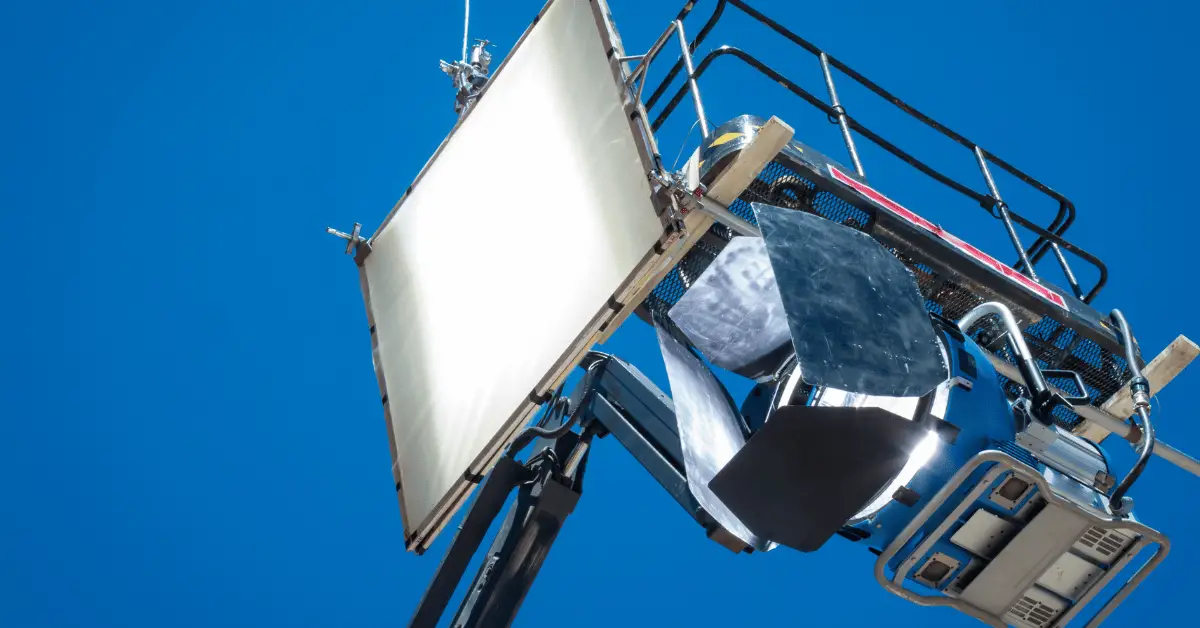If you’re a fan of projectors, you know that there’s nothing quite like the immersive experience of watching your favorite movies, TV shows, or sports games on a big screen. However, if you’ve ever tried to watch your projector in daylight, you may have noticed that the brightness and clarity of your image can be significantly diminished. Don’t let the bright sunlight ruin your viewing experience! In this blog, we’ll share with you some expert tips and tricks for watching your projector in daylight, so you can enjoy your favorite content even when the sun is shining bright. So, let’s dive in!
Table of Contents
How Can I Watch My Projector in Daylight?
Watching your projector in daylight can be a challenging task, but there are several ways to overcome this obstacle and still enjoy your viewing experience. Here are some expert tips and tricks for watching your projector in daylight:
1. Choose the Right Projector
When it comes to watching your projector in daylight, not all projectors are created equal. Look for projectors that have high lumens, as these will be better equipped to provide a bright image in daylight conditions. Generally, a projector with 3000 lumens or higher will work well in a daylight environment.
2. Use a Screen with High Gain
Choosing the right screen can also have a significant impact on your ability to watch your projector in daylight. Look for screens with high gain, which refers to the amount of light reflected back to the viewer. Screens with a high gain will reflect more light and produce a brighter image, making them a great choice for daytime viewing.
3. Reduce Ambient Light
Another way to improve your projector’s performance in daylight is to reduce the amount of ambient light in the room. This can be achieved by using blackout curtains, turning off overhead lights, and using lamps with warm-colored bulbs to create a more subdued atmosphere.
4. Adjust Your Projector Settings
Adjusting your projector’s settings can also help improve your viewing experience in daylight. Increase the brightness and contrast settings to enhance the image quality and make it easier to see in brighter conditions.
5. Watch During the Right Time of Day
If possible, try to schedule your viewing sessions during the optimal time of day for daylight viewing. Generally, early morning or late afternoon is the best time to watch your projector in daylight, as the sun is lower in the sky and the ambient light is less intense.
In conclusion, watching your projector in daylight can be a challenge, but with the right projector, screen, lighting, and settings, it is possible to enjoy a high-quality viewing experience even in bright sunlight conditions. By following these expert tips and tricks, you can optimize your projector’s performance and enjoy your favorite content whenever you want.
How Does Ambient Light Affect Projector Brightness?
Ambient light refers to any light that is present in a room or environment, aside from the light produced by a projector. Ambient light can have a significant impact on the brightness of a projector’s image, and understanding this relationship is important for achieving the best possible viewing experience. Here’s how ambient light affects projector brightness:
1. Reduced Contrast
When ambient light is present in a room, it can reduce the contrast of a projector’s image. Contrast refers to the difference between the lightest and darkest parts of an image, and reducing the contrast can make the image look washed out and less defined. This is especially noticeable in darker scenes, where details can become lost in the shadows.
2. Diminished Color Saturation
Ambient light can also diminish the color saturation of a projector’s image. Colors may appear less vibrant and less true-to-life, making the image appear dull and lackluster. This is because ambient light can wash out the colors, making them appear less intense.
3. Reduced Overall Brightness
The presence of ambient light can also reduce the overall brightness of a projector’s image. This is because ambient light can interfere with the light produced by the projector, making it more difficult to see the image clearly. This is especially noticeable in bright daylight conditions, where the sunlight can overpower the projector’s light and make it difficult to see.
To combat the effects of ambient light, there are several things you can do. One option is to use a projector screen with a high gain, which refers to the amount of light that the screen reflects back to the viewer. A high-gain screen will help to enhance the brightness and color saturation of the image, making it easier to see in a bright environment.
Another option is to adjust the projector’s brightness and contrast settings to compensate for the presence of ambient light. Increasing the brightness and contrast settings can help to improve the image quality and make it easier to see in a bright environment.
In conclusion, ambient light can have a significant impact on the brightness, contrast, and color saturation of a projector’s image. By understanding how ambient light affects projector performance, you can take steps to optimize your viewing experience and achieve the best possible image quality in any environment.
Conclusion
In conclusion, ambient light can have a major impact on the brightness, contrast, and color saturation of a projector’s image. By understanding how ambient light affects projector performance, you can take steps to optimize your viewing experience and achieve the best possible image quality in any environment. Whether you’re watching movies, giving presentations, or gaming, it’s important to take into account the presence of ambient light and adjust your settings and environment accordingly. By following these tips and tricks, you can enjoy a high-quality viewing experience and make the most of your projector in any lighting condition.

